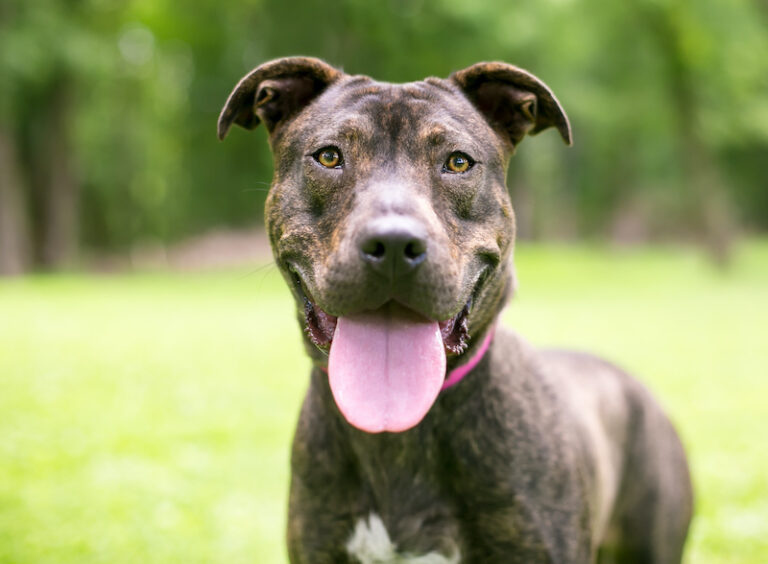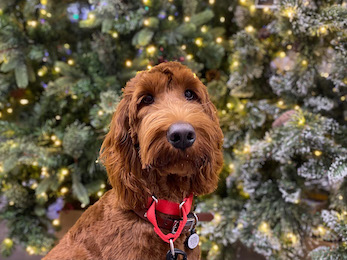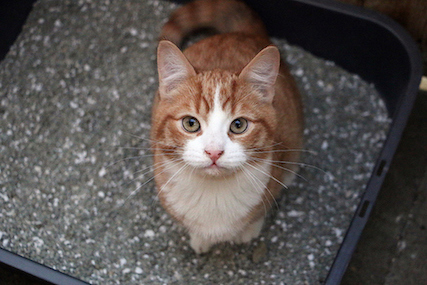One might think that since dogs cannot speak, it is more challenging to communicate with them. Indeed, this might be the case if words were always valid. Dogs lacking words make communicating with them more accessible in some ways. Rather than muddying the water with terms, we can use observation and their behavior to communicate accurately. Observations are critical in life and, as it relates to dogs, can be used to deepen the bond you share. By observing your dog’s body language, you can learn more about them as individuals. Although I view body language as behavior, I also use it to predict future behavior—and you can too! Specifically, I observe dogs and their body language to determine if they are friendly, neutral, or becoming alert which precedes reactivity or aggression—not as part of their personality, but from moment to moment and context to context. The body parts I pay special attention to are the eyes, ears, mouth, and tail. I also look at the dog’s overall weight distribution.
I think of body language behavior as being on a scale. You see friendly behavior on one end of the scale; as you move up the scale, you see neutral behavior. As you move up to the right farther on the scale, you begin to observe low-level signs of mild reactivity, or what I label as precursor behavior. Finally, you see overt aggression on the far-right end of the scale. It’s important to note that each dog is different, and it’s a collection of behaviors to observe, not a single instance.
Friendly Behavior
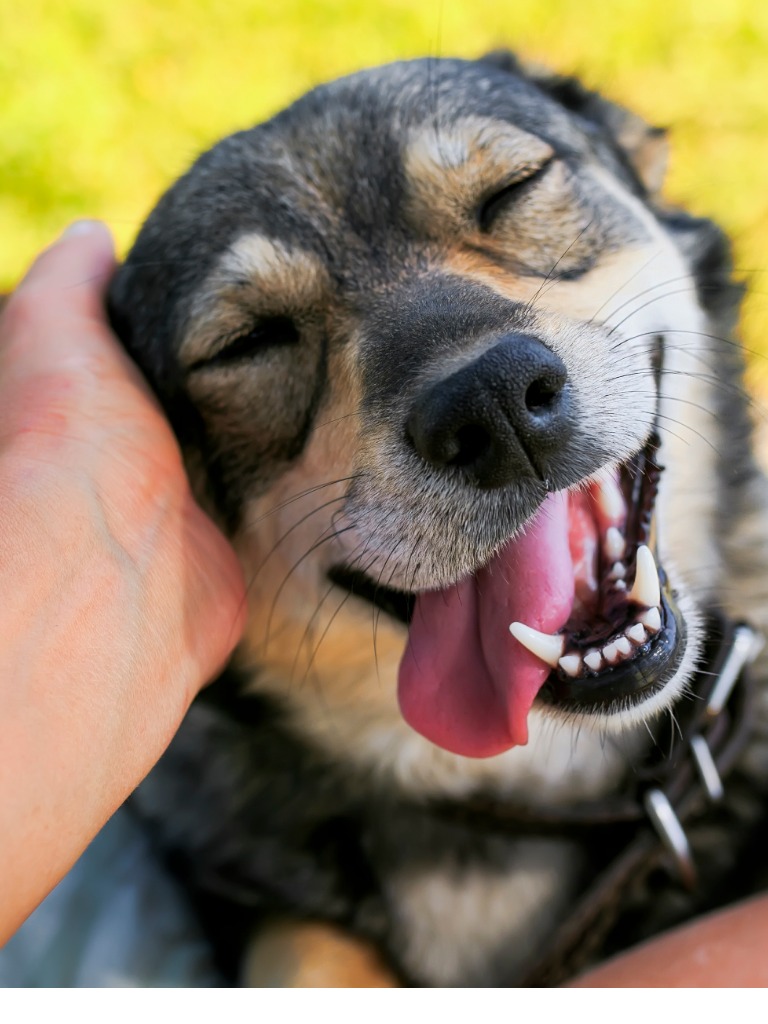
Your dog’s body language will give you insight into their feelings and predict what behaviors might happen next. You might notice your dog greeting you or looking directly at you or someone they love. Or, your dog may love everyone they come into contact with! In these instances, the eyes are soft without long periods of staring. Their ears are either pinned back against their head or in a neutral, natural stance. Their mouth is open, and you can see their teeth. They might even be using their teeth! Their tongue is out or sitting naturally within their mouth. Their tail might wag loosely in big circles or sit lower with a fast wag back and forth. Those looks appear to have a loving gaze and overall loose body posture. Their overall body weight is forward or evenly distributed, and their body is wiggly.
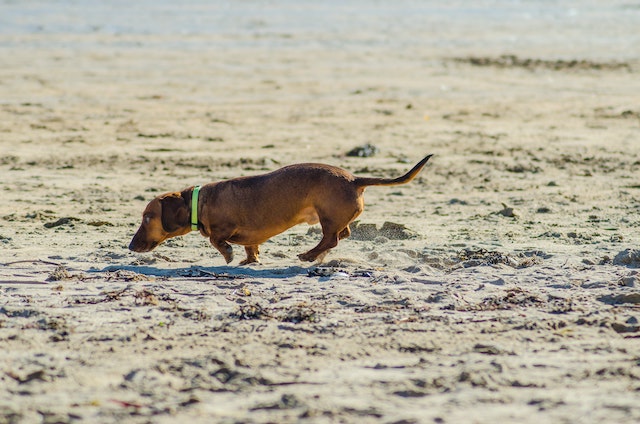
Neutral Behavior
As you move towards the right of the scale, you might see more neutral body language. These times might include when they are in a familiar place but not getting direct attention. They may be lounging in the living room, investigating their yard, or smelling on a walk. Your dog’s eyes will remain soft and casually scan their environment. Their ears will set as they usually would, which varies greatly by breed. Your dog’s mouth might be open or gently closed with their lips loose. Their tail is neutral, and your dog’s body weight is evenly distributed.
Precursors to Reactivity and Aggression
Continue moving towards the right on the scale, and you might begin to see what appears to be an interest developing into concern in your dog. Your dog’s body language begins to change and form what I label as precursors. The first and most mild behavior is a change in your dog’s eye contact. They will start looking directly at the target. If the behavior intensifies, your dog’s eyes may get tighter and be more focused with a direct stare towards the target that becomes difficult to interrupt. Your dog’s ears will begin to perk up. For dogs with a higher ear carriage (e.g., German Shepherd, Siberian Husky, Shiba Inu), the ears might point directly at the target as the behavior progresses. You’ll see a neutral, open mouth be pulled tightly closed and lips tighten. In more dangerous cases, the corner of your dog’s mouth will come forward. Their tail will start by elevating and, as the behavior intensifies, begin pointing more directly towards the target. At that point, pulling your dog’s attention off the intended target might be challenging and might even feel impossible. Your dog’s body weight is forward, and their body is stiff. There is a pause and then often a burst of reactivity or aggression.
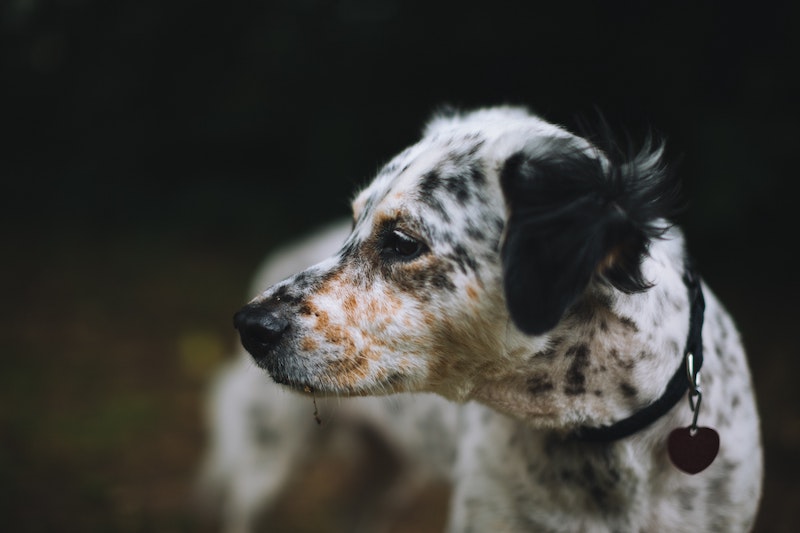
It is important to note that nearly every dog engages in some level of concern and precursor behavior. All dogs engage in friendly, neutral, and precursor behavior—just like us! Although precursor behavior often results in some alert barking or reactivity, it does not always result in aggression. Knowing how these behaviors unfold in the moment not only helps you understand and communicate with your dog better. Understanding their body language can help keep you and your dog stay safe. It is equally important to know that each dog’s body language is slightly different based on their unique breed morphology. It is not a single instance or single body part but a collection of a few over several seconds. Start observing your dog today, and you might be surprised just how clear dogs are at communicating without the use of words!
